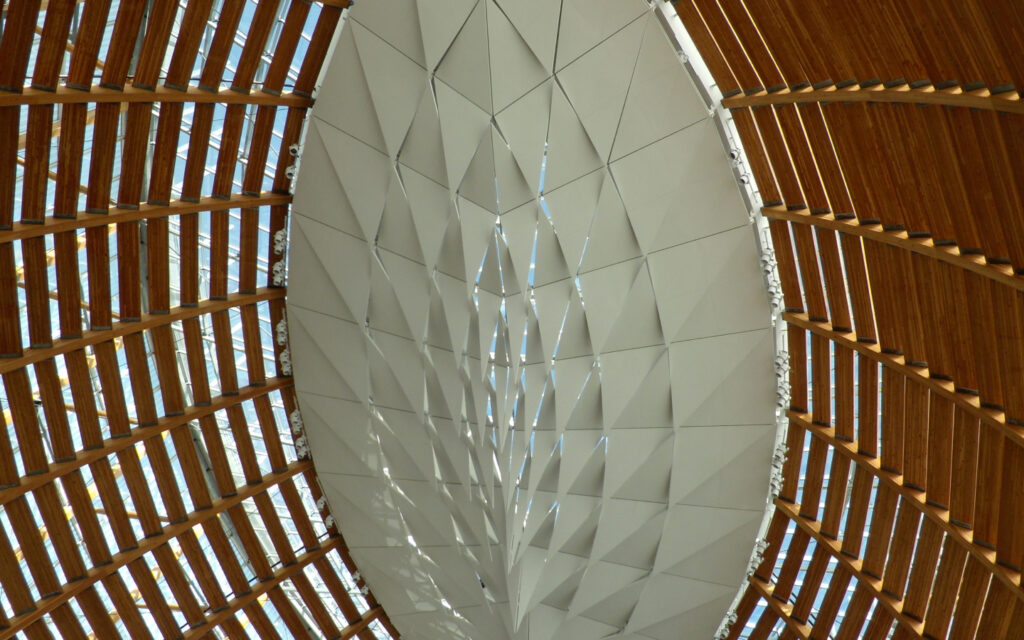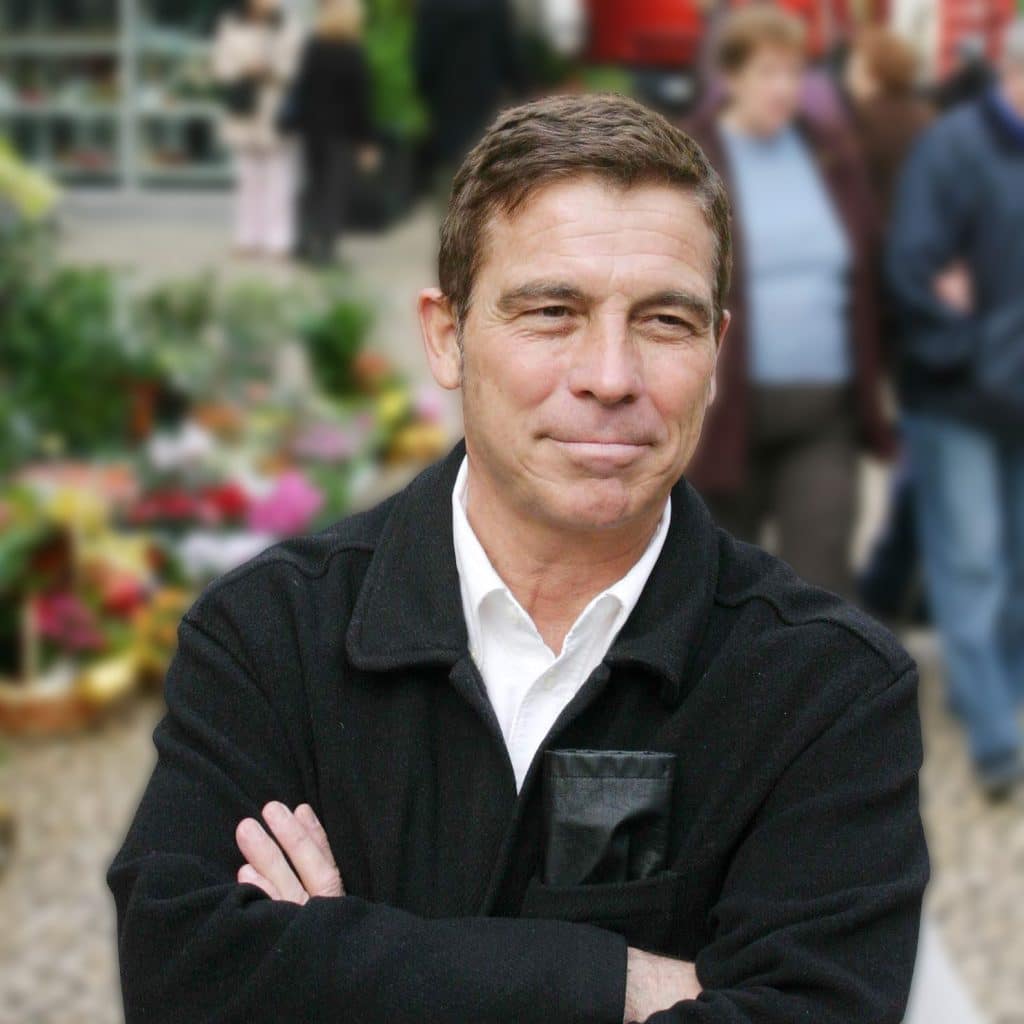Thomas Barrie
NC State University, Raleigh, NC tom_barrie@ncsu.edu
Introduction
This paper focuses on how the design of the house has often been employed to explore, apply and validate theories of architecture. It begins with a discussion of the ubiquitous modernist rehabilitation of the domestic where the home typically represents the larger tasks of architecture and thus its design is often positioned as redemptive to architecture generally and, in some cases, society as a whole. The paper has a particular interest in the declarative, often moralistic, and at times spiritual language that distinguishes some of the writings and manifestos of prominent modernist architect-theoreticians. Specifically, it has a particular interest in examining the appropriation of the sacred to lend authority to largely secular and often idiosyncratic positions. To do so, the early writings of Le Corbusier are analyzed through an examination of his most influential house, the Villa Savoye. These aspects and examples of modernist polemics will be contextualized by the later post-modernist and post-structuralist informed writings of Robert Venturi and Peter Eisenman respectively, and qualified by an analysis of the influential houses that came to define their oeuvres. The conclusion argues that home has often served as a preeminent platform to explore new (and presumably better) ways of living, and promulgate particular theories, and can be assessed (and critiqued) accordingly.
Modernism and the Spiritualization of Architecture
Colin Rowe in his influential The Architecture of Good Intentions: Towards a Possible Retrospect
(1995) argues that the principle players and proponents of modernism relied on the demonizing (and thus dismissal) of the past to construct a progressive vision of the future. Charles Jencks furthers this argument by suggesting parallels between Old Testament tropes of identifying enemies, constructing binary shoulds and should nots, and establishing consequences to enforce compliance.1 Rowe argues that the polemics of modernism appropriated Christian millennialism – the fall, paradise lost, and judgment, followed by redemption – to insist that time is short, the time for change is now, and only architecture can save us. For Rowe, architecture became a “dynamic faith” for those who would hear the call, including dire consequences if they did not. 2
Furthermore, their assertions were often couched in the rationalism of their times, and thus their religious undertones often occluded.
Michael Benedikt reminds us in his essay “Shiva, Luria, Kahn,” “Modernism itself was, arguably, a religious movement from the start…”3 The totalizing polemics of Le Corbusier and Wright, and the strident manifestos of their German counterparts, described architecture itself in terms reminiscent of religion. Walter Gropius answered the question “What is architecture?” by insisting it was “The crystalline expression of man’s noblest thoughts, his ardour, his humanity, his faith, his religion!” and, in the same essay prophesies a second coming of sorts of the true architect, the “Lord of Art.”4
One does not have to dig very deeply to find obvious examples of what Rowe and Benedikt describe. Adolf Loos in Ornament and Crime set out to reform decadent architecture with a missionary zeal, members of De Stihl in their manifestos call for a spiritual crusade of sorts to establish an “international unity of life, art, and culture,”5 and Bruno Taut insisted that “only a complete revolution in the spiritual realm will establish a “paradise on earth,” once there is glass
2015 Architecture, Culture, and Spirituality Symposium (ACS7) 1 of 1 architecture “everywhere.”6 Louis Sullivan, in his brief essay of 1902 “Education,” imagines a redemptive era emerging from a dissolute past when he states, “After a long night and a longer twilight, we envision a dawn-era: an era in which the minor law of tradition shall yield to the greater law of creation,” where “man at last is become emancipated” — all for the “moral and mental vigor of the race,” where “true art may flourish.”7 Frank Lloyd Wright was even more assertive, insisting that the end was near, the time for action now, and that the architect was the savior to lead society to a new Eden.8
Conclusion
The visionary nature characteristic of architectural theory often pairs otherwise incompatible elements: a quest for the new and a return to the Eden of fundamentals. Colin Rowe suggests that early modernism was colored by a “certain disgust” with the past and its stylistic formalism, an accusation that could be leveled at the schools of thought that followed. Modernism was the most strident regarding the necessity of returning to, or advancing towards, immutable fundamentals, and insisting that the spiritual health of a culture is determined (and revealed) by its architecture, but postmodernism and post structuralism could be at times equally judgmental and didactic. In all, the house plays a starring role in materializing the theories that produced it and illuminating the future it was designed to represent. But, as we have observed, the domestic often stands in for ideological agendas where theory trumps and even denies the ontological and quotidian functions of home.
References
- Jencks, Charles, and Kropt, Karl, Ed., Theories and Manifestos of Contemporary Architecture, Chichester, West Sussex, UK: Academy Editions, 1997, p.7.
- He adds “these are very embarrassing themes for the would-be-rationalist either to recognize or discuss: and preferably, they should be invisible. For areas where both belief and rationalism are loudly proclaimed, quite often the would-be rationalist is never, very seriously, agnostic. Simply, he believes and fails to observe the irony of his bland conviction.” The Religious Imagination in Modern and Contemporary Architecture, pp. 254-55.
- Renata Hejduk and Jim Williamson, Eds., The Religious Imagination in Modern and Contemporary Architecture: A Reader, New York: Routledge, 2011, p. 33.
- Gropius/Taut/Behne, “New Ideas on Architecture,” in Ulrich Conrads, Programs and Manifestos on 20 century Architecture, Cambridge, MA: The MIT Press, 1971, p. 46.
- De Stihl Manifesto I, in Conrads, p.39
- Taut, A Programme for Architecture (1918) and Daybreak (1921) , in Conrads, p. 41 and 63.
- Louis Sullivan, Kindergarten Chats, New York: Dover Publications, 1979, p. 224.
- Colin Rowe, “Eschatology,” from The Architecture of Good Intentions: Towards a Possible Retrospect, London, Academy Editions, 1994, reprinted in Renata Hejduk and Jim Williamson, Eds., The Religious Imagination in Modern and Contemporary Architecture: A Reader, New York: Routledge, 2011, p. 255.




